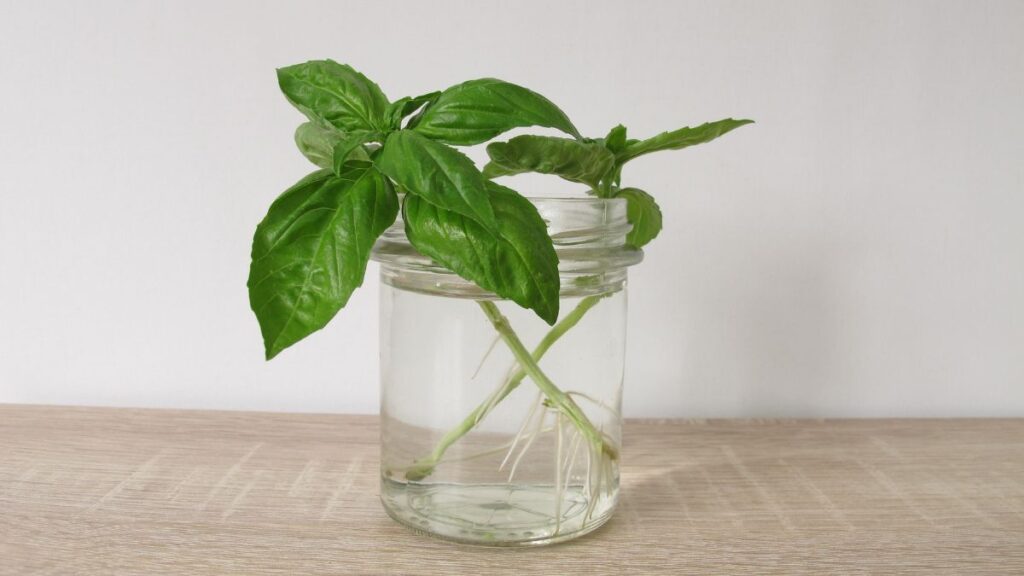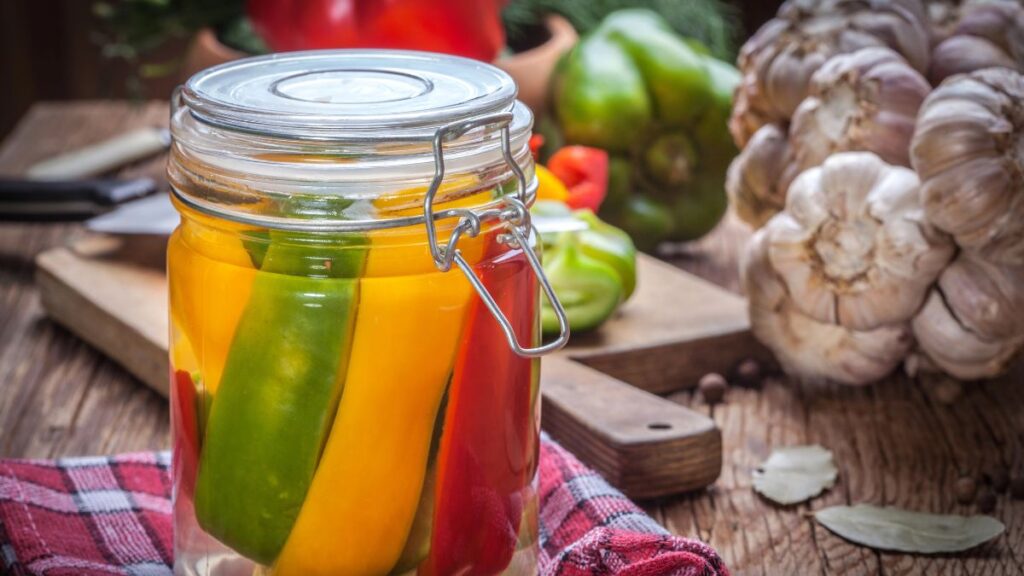15 DIY Food Trends: Grow, Ferment, and Create Delicious Foods at Home
DIY food projects have become incredibly popular as people look for fun, creative ways to enjoy fresh, homemade flavors. From growing your own vegetables to fermenting foods and crafting your own snacks, these trends are more than just hobbies—they can save money, reduce waste, and bring healthier options to your table.
With a little effort and a few basic tools, you can turn your kitchen into a hub for tasty creations. Here are 15 of the most exciting DIY food trends you can try at home, complete with tips for getting started.
Growing Microgreens at Home

Microgreens are tiny, nutrient-packed plants you can grow in as little as 7-10 days. They’re perfect for salads, sandwiches, or garnishing meals. You don’t need a garden—just a sunny windowsill, seeds, and a shallow tray with soil.
Popular choices include radish, broccoli, and sunflower microgreens. They’re easy to maintain and require only misting with water daily. Once harvested, they provide a fresh, homegrown touch to your meals. The best part? You can grow them year-round, no matter the season.
Fermenting Your Own Sauerkraut

Sauerkraut is a simple fermented cabbage dish that’s rich in probiotics and great for digestion. All you need is cabbage, salt, and a jar. The fermentation process takes about 1-2 weeks, but the results are worth the wait.
The natural bacteria in the cabbage break down the sugars, creating tangy, flavorful sauerkraut. You can customize it with spices like caraway seeds or chili flakes for added flavor. Fermenting at home gives you full control over the taste and ensures no unwanted preservatives. Plus, it’s a satisfying project for beginners.
Baking Sourdough Bread

Sourdough bread is a staple in DIY food trends, thanks to its rich flavor and chewy texture. It starts with a sourdough starter, a mix of flour and water that ferments over time. Once your starter is active, you can use it to bake bread without commercial yeast. The process requires patience, as dough typically needs hours to rise.
However, the aroma of freshly baked sourdough makes the effort worthwhile. You can experiment with different flours, shapes, and toppings to make each loaf unique. Homemade sourdough is healthier and free from additives found in store-bought bread.
Making Homemade Kombucha

Kombucha is a fizzy, probiotic-rich tea that you can easily make at home. All you need is tea, sugar, and a SCOBY (symbiotic culture of bacteria and yeast). The SCOBY ferments the tea over 1-2 weeks, turning it into a tangy, lightly sweet drink. You can add flavors like ginger, berries, or citrus during the second fermentation for variety.
Brewing kombucha at home is cheaper than buying it from the store and allows you to control the sweetness and carbonation. Once you get the hang of it, you’ll always have a fresh batch on hand.
Growing Herbs Indoors

Fresh herbs like basil, mint, and parsley add flavor to your meals and are easy to grow indoors. All you need is a small pot, good soil, and a sunny spot in your kitchen. Regular watering and occasional trimming will keep your herbs healthy and productive.
Growing herbs at home ensures you always have fresh ingredients at your fingertips. You can snip just what you need, reducing waste from store-bought bunches that often go unused. Plus, they bring a touch of greenery to your space and make cooking more enjoyable.
Making Your Own Nut Milk

Homemade nut milk is a creamy, delicious alternative to dairy milk that’s free from additives and preservatives. Almond, cashew, and oat milk are some of the most popular options. All you need is nuts or oats, water, and a blender. After blending, strain the mixture using a nut milk bag or fine mesh strainer.
You can customize the sweetness and flavor by adding vanilla, cinnamon, or a touch of honey. The leftover pulp can be used in baking or smoothies, so nothing goes to waste. It’s a quick and rewarding process that produces a healthier alternative to store-bought milk.
Crafting Homemade Pasta

Homemade pasta is easier to make than you might think and tastes far better than packaged versions. With just flour, eggs, and a bit of practice, you can create fresh noodles in various shapes. A simple rolling pin and knife work well, though a pasta maker can speed up the process.
You can experiment with different flours, such as semolina or whole wheat, for unique textures. Once you’ve mastered the basics, try adding spinach, beetroot, or squid ink for colorful pasta. Cooking fresh pasta takes only a few minutes, and the flavor is unmatched.
Fermenting Kimchi at Home

Kimchi is a spicy, tangy Korean side dish made by fermenting vegetables, typically napa cabbage and radishes. The process involves salting the vegetables, mixing them with chili paste, garlic, and ginger, and allowing them to ferment in a jar for a week or more. Homemade kimchi can be adjusted to your preferred spice level and taste.
It’s a great way to preserve vegetables and boost gut health with probiotics. While the process may seem intimidating, it’s simple once you try it. Your kitchen will soon be filled with the bold aroma of this delicious dish.
Infusing Olive Oil

Infused olive oil is a simple yet elegant addition to your cooking repertoire. Start with high-quality olive oil and add ingredients like garlic, chili, rosemary, or lemon peel. Let the oil steep for a few days to absorb the flavors fully.
Use it to drizzle over salads, pasta, or bread for a gourmet touch. Homemade infused oils also make thoughtful gifts for food-loving friends. The process is easy, and the results are as beautiful as they are tasty. Just be sure to store your oils properly to prevent spoilage.
Making Cheese from Scratch

Cheese-making at home might sound complicated, but it’s surprisingly simple for basic varieties like ricotta, paneer, or mozzarella. These cheeses require just milk, an acid like lemon juice, and some heat. The process involves curdling the milk, draining the whey, and shaping the cheese.
It’s a rewarding experience that gives you fresh, preservative-free cheese in just a few hours. Advanced recipes can involve aging, but starting with soft cheeses is perfect for beginners. Homemade cheese pairs wonderfully with bread, salads, or crackers.
Brewing Homemade Beer

Craft beer lovers are increasingly trying their hand at home brewing. Starter kits are widely available and include everything you need to begin, from malt extract to fermenting equipment. Brewing beer requires patience, as the fermentation process can take weeks, but the result is a personalized batch of beer tailored to your taste.
You can experiment with hops, flavors, and carbonation levels to make your brew unique. It’s a fun project for enthusiasts and a great way to explore the art of brewing. Plus, sharing your creation with friends is a satisfying experience.
Pickling Vegetables

Pickling is a timeless way to preserve vegetables and create tangy, flavorful snacks. Popular choices include cucumbers, carrots, and onions, but you can pickle nearly any vegetable. The process involves submerging vegetables in a vinegar-based brine with spices and letting them sit for a few days or weeks.
Homemade pickles are free from artificial preservatives and can be customized to your taste. Whether you prefer spicy, sweet, or garlicky flavors, the possibilities are endless. They’re perfect for snacking, topping sandwiches, or serving as a side dish.
Making Fruit Jams and Preserves

Homemade jams and preserves are a delicious way to use up seasonal fruits. With just fruit, sugar, and lemon juice, you can create spreads that are fresher and tastier than store-bought options. Cooking the fruit down releases its natural sweetness and creates a thick, spreadable consistency.
You can experiment with flavor combinations like strawberry-basil or peach-ginger for a creative twist. Properly canned, your jams can last for months, making them great gifts or pantry staples. It’s a simple yet satisfying way to enjoy fruit all year long.
Creating Your Own Granola

Homemade granola is a healthier, customizable alternative to store-bought versions, which are often high in sugar. Mix oats with nuts, seeds, dried fruit, and a sweetener like honey or maple syrup.
Bake the mixture in the oven until golden, and you’ll have a crunchy, flavorful snack. You can add spices like cinnamon or nutmeg for extra flavor. Store it in an airtight container, and it will last for weeks. Enjoy it as a breakfast cereal, yogurt topping, or on its own as a snack.
Making Your Own Nut Butter

Homemade nut butter is rich, creamy, and free from added oils or preservatives. All you need are nuts, a blender, and some patience. Roasting the nuts before blending enhances their flavor and makes them easier to grind.
You can create almond butter, peanut butter or experiment with blends like cashew-hazelnut. Add a pinch of salt or a drizzle of honey to taste. Homemade nut butter is versatile and perfect for spreading on toast, adding to smoothies, or baking into treats.
15 Places Where You’re Expected to Tip—But You Really Don’t Have To

Tipping has become a widespread practice in many industries, with the expectation that you’ll leave a little extra for good service. However, not every situation truly warrants a tip, even if you feel pressured to give one.
15 Places Where You’re Expected to Tip—But You Really Don’t Have To
Top 15 Things Retirees Need To Stop Putting In Their Grocery Cart To Stay Healthy

As retirees enjoy their time off, maintaining a healthy lifestyle becomes increasingly important. One key aspect is being mindful of what goes into the grocery cart. Here are many things retirees should avoid buying to support their health and well-being.
Top 15 Things Retirees Need To Stop Putting In Their Grocery Cart To Stay Healthy







